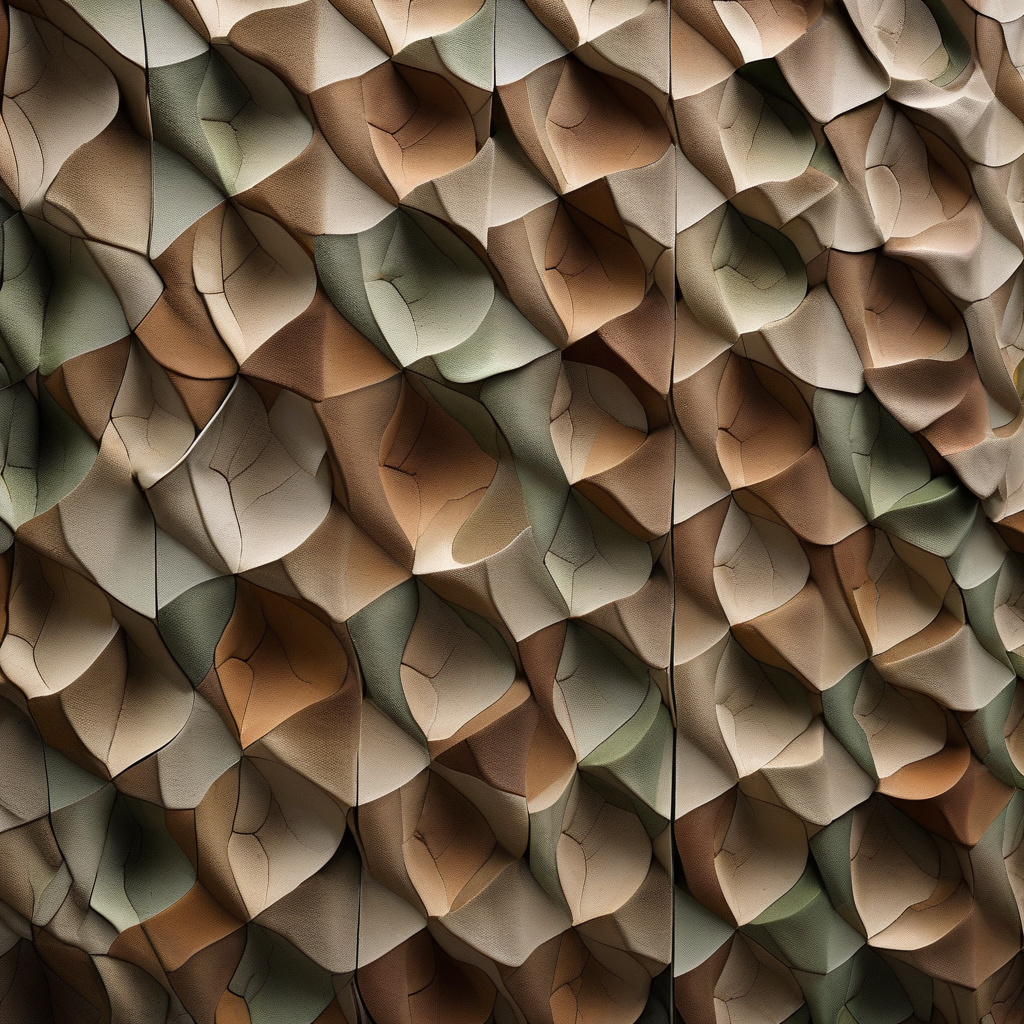All-natural Elephant Skin-Inspired Fungi Tiles Offer Up to 70% More Cooling for Buildings
A team of scientists from Nanyang Technological University, Singapore (NTU Singapore) has developed an innovative solution that could revolutionize the way buildings are cooled. Inspired by the unique cooling properties of elephant skin, these all-natural fungi tiles have the potential to increase cooling efficiency by up to 70%.
The idea behind these cutting-edge tiles is simple yet ingenious. Elephants, with their thick and wrinkled skin, have evolved a natural way to stay cool in hot climates. The NTU Singapore scientists took inspiration from this biological phenomenon and applied it to building materials. By mimicking the structure of elephant skin, they were able to create a series of tiles that are not only environmentally friendly but also highly effective at cooling indoor spaces.
But how exactly do these fungi tiles work? The secret lies in their design. Just like the wrinkles on elephant skin, the tiles are covered in a series of tiny cavities and ridges. These microscopic nooks and crannies create a larger surface area, allowing for better heat dissipation. As a result, buildings equipped with these tiles require less energy to maintain a comfortable temperature, leading to significant cost savings and reduced environmental impact.
In addition to their cooling properties, these fungi tiles offer a range of other benefits. For starters, they are all-natural and biodegradable, making them a sustainable alternative to traditional building materials. This eco-friendly approach aligns with the growing demand for green solutions in the construction industry. By incorporating these tiles into their projects, architects and developers can reduce their carbon footprint and promote a more sustainable future.
Furthermore, the fungi tiles are versatile and customizable, allowing for a wide range of applications. Whether used for roofing, insulation, or decorative purposes, these tiles can enhance both the aesthetic appeal and the performance of a building. With their ability to increase cooling efficiency by up to 70%, they represent a significant step forward in the quest for energy-efficient architecture.
The potential impact of these all-natural fungi tiles cannot be overstated. As the world grapples with the challenges of climate change and rising energy consumption, innovative solutions like these are more important than ever. By harnessing the power of nature and combining it with cutting-edge technology, the scientists at NTU Singapore have paved the way for a greener, more sustainable future.
In conclusion, the development of all-natural elephant skin-inspired fungi tiles marks a significant advancement in the field of sustainable architecture. With their exceptional cooling properties, environmental benefits, and versatility, these tiles have the potential to transform the way buildings are designed and constructed. As the demand for energy-efficient solutions continues to grow, innovations like these will play a crucial role in shaping the cities of tomorrow.
innovations, sustainablearchitecture, greenbuilding, energyefficiency, NTUSingapore












